Wild Wednesday: Aspen Valley Wildlife Sanctuary is keeping wildlife wild and bears beary happy
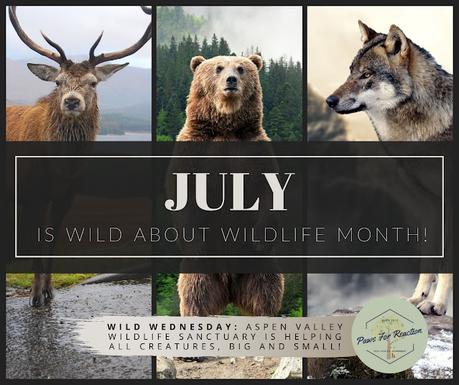
Aspen Valley Wildlife Sanctuary is going big things with big wildlife! Since we featured the Sanctuary last year on Wild Wednesday, the team has built new enclosures for some of their furry permanent residents, including three adorable bears named Clyde, Paddington, and Honey Pot. I dusted my paws off and caught up with Linda Glimps, Executive Director at Aspen Valley Wildlife Sanctuary to learn more about their appropriately named bears and other recent achievements since the last Wild About Wildlife Month.
All wildlife sanctuaries have a common goal; rescue and rehabilitate wildlife and re-release animals back into the wild. In some cases, wildlife needs rescuing not from natural habitat, but from places like zoos, wildlife theme parks, and even private homes. I know, it's unbearable to think about. Wildlife rescued from these places is typically large animals, like wildcats, wolves, moose, and of course, bears. If these animals were born and raised in captivity they are not suitable to be released back into the wild. They require a special wildlife sanctuary that is large enough to provide them with a permanent habitat, which is beary hard to come by. Okay, I'm sorry. I'm having too much fun with the bear puns, bear with me. I'll stop now.
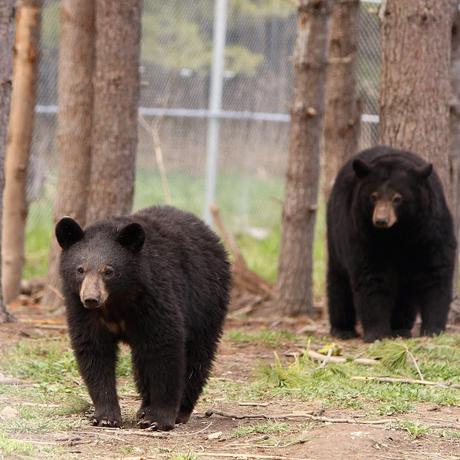
Photo via Aspen Valley Wildlife Sanctuary Facebook page
That's where Aspen Valley Wildlife Sanctuary comes in. Founded in the early 1970s, the Sanctuary boasts 465 acres of beautiful Muskoka natural landscape in Rosseau, Ontario. The Sanctuary rescues all animals, big and small, but is well equipped to offer a safe and healthy environment for large animals rescued from captivity. It's one of the many things that makes them special and incredibly valuable to the community.
"We haven’t welcomed any new permanent wildlife residents to the sanctuary this year, and we consider that a blessing. After all, our wish is to keep wildlife wild," said Glimps. "Having said that, we did take in three bears- Clyde, Paddington, and Honey Pot- and a pack of nine wolves in June 2019. All of them came to us from a roadside zoo in another province. They were born and bred in captivity and can never be released into the wild."
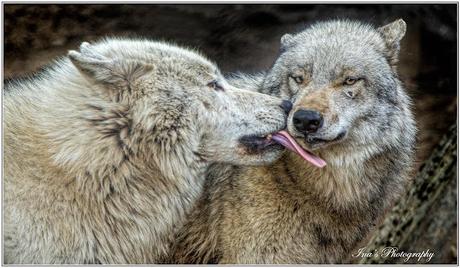
Photo via Aspen Valley Wildlife Sanctuary Facebook page
The bears and wolves are included in the 30 permanent animal residents the Aspen Valley team, many of them volunteers, house and care for. When creating a habitat for these creatures it's not only important that the enclosure is safe, but also that it provides mental stimulation appropriate for the specific species. Their habitats are as close to 'wild' as they can be. It's a lot of work and a huge accomplishment when the enclosures are completed.
"It was an incredible moment when we released the rescued bears into their newly built enclosures. Each bear has its own spacious habitat with dozens of trees, ponds to play in, and a den to sleep in, all within the natural landscape that Muskoka has to offer on our 465-acre property," Glimps said.
"We were also thrilled to have completed building a new fawn enclosure for orphaned and injured fawns in our care. They remain at the sanctuary until they are ready to be released back into the wild. None of this would have been possible without the generosity of our donors whom we are incredibly grateful for."
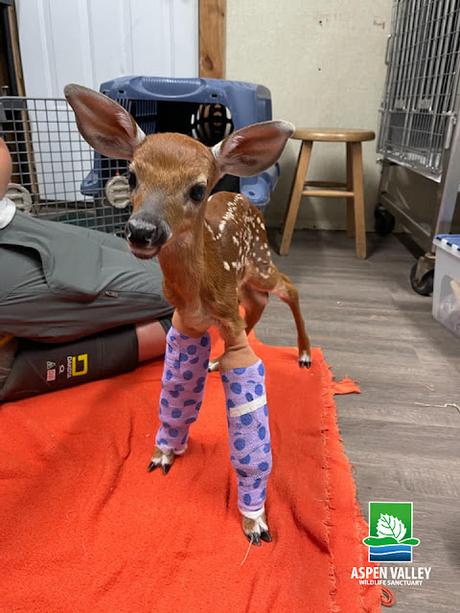
Photo via Aspen Valley Wildlife Sanctuary Facebook page
It's an exciting wildlife sanctuary to visit because of the variety of species in residence at Aspen Valley! The Sanctuary offers guided tours so people can meet permanent animal residents. The Covid-19 pandemic caused tours to be temporarily suspended, but now that positive Covid-19 cases have reduced and more people are fully vaccinated, things are changing.
"We are excited to be offering guided tours once again. It’s a unique opportunity to see our permanent wildlife residents, hear their stories, and learn how to live in harmony with wildlife," said Glimps. "We have moose, coyotes, bears, and a wolf pack in residence, to name a few. Sadly, the majority of them are here as a result of human interference. Many were born, or raised, in captivity and were later seized by authorities who then approached Aspen Valley Wildlife Sanctuary to provide them with a forever home."
Hearing the stories of these animals is as enjoyable as seeing them happy in their new homes, cared for by their human heroes. Aspen Valley Wildlife Sanctuary guided tours are by appointment only. They can be booked online at www.aspenvalley.ca and the Sanctuary is asking for a minimum $20 donation. Visitors are required to follow standard pandemic safety requirements.
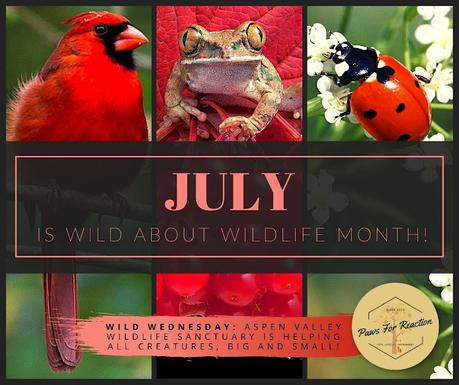
"Our guided tours are outdoors, and our rules follow provincial guidelines. Guests are required to wear a mask, and distance accordingly while touring the facility. They are also required to complete and sign a COVID screening document in advance."
When it comes to wildlife rescue, conservation centres intake a large amount of orphaned and injured animals during the spring and summer months. It can be difficult to know what to do if you find an abandoned animal. Thanks to their over 40 years of experience, team at Aspen Valley has some great advice.
"We have many wildlife tips, and if I were to choose one for the moment, it would be not to become an accidental kidnapper. It’s not uncommon for individuals to see an animal on its own and assume that it’s orphaned when in actual fact its mother is still around," said Glimps.
"Our advice is to leave the animal undisturbed and only take action if there is a dead parent nearby, there is evidence of bleeding, if the animal has an obvious broken limb, is shivering, or has been crying and wandering alone all day long. These are some of the signs that they might need your help. If that were the case, your next step would be to contact our animal care line at 705-644-4122."
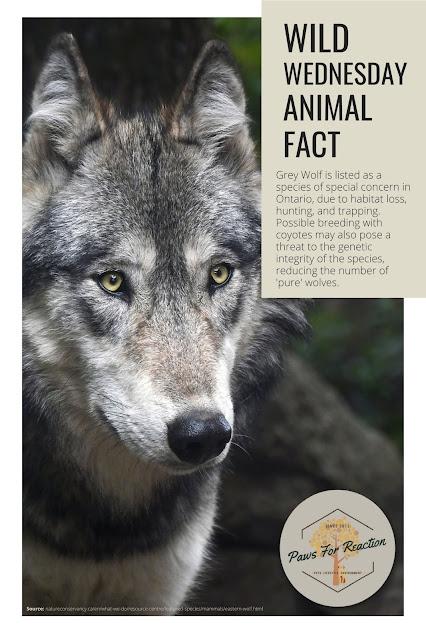
Aspen Valley Wildlife Sanctuary is always there to help an animal in need in the community. Caring for wildlife is a difficult job. It takes dedication and compassion for the natural world, not just from the Sanctuary team, but from the community too.
"As a not-for-profit, with no government funding, we are solely dependent on the generosity of our donors and full and part-time volunteers to care for the over 900 injured and orphaned animals that we rehabilitate and release each year, in addition to caring for 30 permanent wildlife residents- the bears, our wolf pack and more," Glimps said. "We encourage people to visit our website- aspenvalley.ca- to discover the many ways to donate. We accept one-time and monthly donations as well as the donation of bequests and securities. Additionally, we love it when friends of the sanctuary initiate fundraisers of their own."
Help wildlife stay wild! Any donation is helpful, even if you can only give the bear minimum, the animals will be fur-ever grateful. Please make a donation to Aspen Valley Wildlife Sanctuary!
Track the Aspen Valley animal's every move! Like their Facebook page, like them on Instagram, and check out their YouTube channel to watch the wildlife. #WildWednesday

See the other Wild Wednesday posts!
Give me a high paw and follow Paws For Reaction on Pinterest
Like Paws for Reaction on FacebookFollow my blog and subscribe in the sidebar >>
